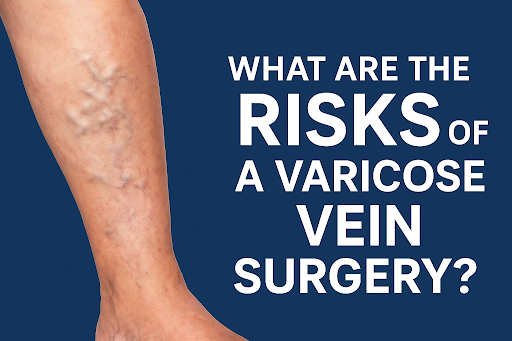Spider veins are small, visible blood vessels that appear beneath the skin, often forming web-like patterns in red, blue, or purple. They typically occur on the legs and face, particularly in women, and while harmless, they can be aesthetically bothersome. Fortunately, several treatments can reduce or eliminate them. Here are the top 10 spider vein treatments:
1. Sclerotherapy
Sclerotherapy is one of the most widely used treatments for spider veins. It involves injecting a solution—typically saline or a chemical—into the affected veins. This causes the veins to collapse and eventually fade away as the body reabsorbs them. It’s a highly effective and minimally uncomfortable procedure, though it may require multiple sessions depending on the size and number of veins being treated.
2. Laser Therapy (Endovenous Laser Treatment)
Laser therapy utilizes focused light energy to heat and destroy spider veins. It’s particularly well-suited for smaller veins, especially on the face, where precision is key. This non-invasive method avoids the use of needles, making it a popular choice for people looking to avoid injections. Temporary redness or swelling can occur after treatment, but these effects are usually mild and short-lived.
3. Intense Pulsed Light (IPL) Therapy
IPL therapy is similar to laser treatment, using broad-spectrum light to target the veins. This technique is often employed for facial veins and is also effective in treating other skin conditions like rosacea. IPL is non-invasive, and while it may require several sessions to achieve optimal results, it can treat multiple skin issues in one go.
4. Radiofrequency Ablation
This minimally invasive procedure uses radiofrequency energy delivered through a small catheter to heat and close off problematic veins. Radiofrequency ablation is particularly effective for larger spider veins and even some varicose veins. Patients typically experience a swift recovery, though mild bruising or swelling may occur after the procedure.
5. Veinwave Therapy
Veinwave therapy employs high-frequency microwaves to treat spider veins, especially those on the face. The precision of this technique makes it ideal for smaller areas. It’s a minimally invasive method with quick recovery time, although several sessions might be required to see full results. Some people experience mild discomfort during the procedure.
6. Compression Stockings
Compression stockings are often recommended to prevent spider veins from worsening and can also aid in reducing the appearance of existing veins. These stockings apply pressure to the legs, helping improve circulation and reducing strain on the veins. While they don’t remove spider veins, they are a cost-effective, non-invasive solution to manage symptoms and prevent further development.
7. Ambulatory Phlebectomy
Ambulatory phlebectomy is a procedure that physically removes small veins through tiny incisions in the skin. It’s an effective solution for larger spider veins and some varicose veins. The results are immediate, though there may be some mild scarring or bruising post-procedure, which typically fades over time.
8. Chemical Peels
Chemical peels, typically used for skin resurfacing, can also be effective in reducing the appearance of facial spider veins. By removing the top layer of skin, chemical peels promote new cell growth, which can help diminish superficial veins. This treatment is non-invasive and has the added benefit of improving overall skin texture, though it’s best suited for smaller, less severe veins.
9. Electrodesiccation
Electrodesiccation involves the use of a fine needle and an electric current to seal off and collapse spider veins. This procedure works best for small veins and is relatively quick, with minimal downtime. Some people may experience skin irritation or pigmentation changes after the treatment, but these are typically temporary.
10. Natural Remedies (Topical Creams and Lifestyle Changes)
For those looking for non-invasive solutions, several natural remedies, such as topical creams containing ingredients like horse chestnut or vitamin K, may help reduce the appearance of spider veins. While these options don’t offer the dramatic results of medical procedures, they can provide mild improvement. Lifestyle changes, such as regular exercise, weight management, and avoiding prolonged periods of standing, can help prevent new spider veins from forming or existing ones from worsening.
Conclusion
The appearance of spider veins can be effectively treated through a variety of medical and cosmetic techniques. Depending on the severity, location, and size of the veins, treatments range from minimally invasive options like sclerotherapy and laser therapy to more conservative methods like compression stockings and natural remedies. Consulting with a specialist will help determine which approach is best suited to your specific needs, ensuring a path to smoother, clearer skin.








